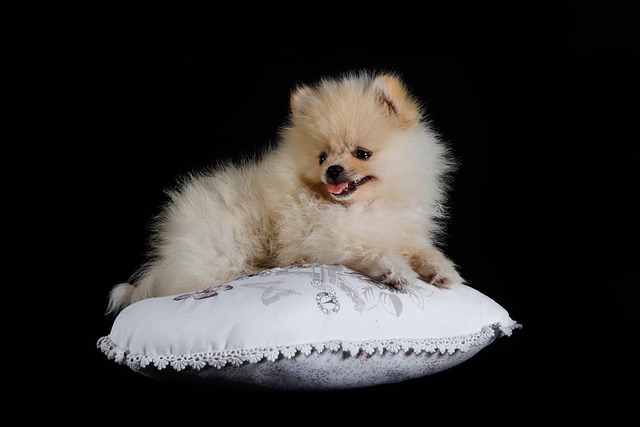
How do i train my dog to be obedient?
Watching your dog dart across the park ignoring your calls isn’t just frustrating—it can put them at risk near busy streets or public spaces.
Welcoming an 8-week-old puppy into your home is a joy filled with wiggly tails and endless curiosity. One of the first steps in building a strong bond is teaching them their name. This simple word will become the key to getting their attention, keeping them safe, and guiding them through life. Let's explore gentle, effective ways to help your tiny fur baby learn their very own special word.
Start by creating a positive association right from the start. Puppies at this age are like sponges, soaking up every experience and emotion. Every time you say their name, follow it with something wonderful—a tasty treat, playful belly rubs, or their favorite squeaky toy. The goal is to make them think, "Oh, when that sound happens, something awesome comes my way!" This positive reinforcement not only aids learning but also builds trust between you.
Consistency is crucial in puppy training. Use their name frequently throughout the day in a light, loving tone. Say it softly while preparing food, as they wobble over, or during playtime when tossing a toy. Avoid harsh tones or using it when upset—you want their name to feel like a friendly signal, not a warning. This consistency ensures they’ll always perk up when they hear it.

Short, sweet sessions work best for these little learners, who have short attention spans. Gather tiny, soft treats they love—cooked chicken or puppy biscuits—and stand where they can see you. Say their name clearly, and when their eyes flicker to you, reward them with a treat and a happy "Yes!" They’ll quickly connect looking at you with getting a reward, the first step to name recognition.
As they get the hang of it, introduce mild distractions. Start in a quiet space like your living room, then gradually add background noise—gentle radio or a family member nearby. This helps them learn to listen even with distractions, crucial for safety in parks or backyards. Take it slow, celebrating each small win as they build focus.
Remember, every puppy learns at their own pace—some pick it up in days, others in weeks. Stay patient and positive; if they seem uninterested, take a break. Avoid frustration—this should be fun! Keep training gentle and kind, aligning with responsible pet ownership guidelines that focus on positive reinforcement. By making name training a happy routine, you’re not just teaching a word—you’re creating a loving connection. Enjoy these early days as your pup starts to recognize their name with a wagging tail and bright eyes.

Watching your dog dart across the park ignoring your calls isn’t just frustrating—it can put them at risk near busy streets or public spaces.

New puppy owners often find themselves rushing to clean up accidents before they set in, and that’s where puppy pad training becomes a game-changer.

If you've noticed your dog's waistline disappearing and your veterinarian has mentioned those few extra pounds, your first instinct might be to simply reduce the amount of food in their bowl.

Training a dog to use a designated spot indoors isn’t as daunting as many new owners fear, but it does take consistency and an understanding of your pet’s needs.

That moment of dread on a walk is all too familiar for many new dog owners. You see another dog approaching down the sidewalk of your neighborhood

If the sight of another dog on your neighborhood walk makes your heart sink as your own dog erupts into a frenzy of barking and lunging, you're not alone.